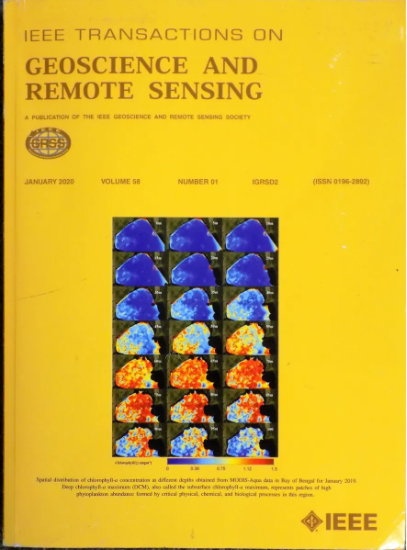Efficient Multiangle Polarimetric Retrieval of Aerosols Using Data-Driven Deep Learning Method
IF 7.5
1区 地球科学
Q1 ENGINEERING, ELECTRICAL & ELECTRONIC
IEEE Transactions on Geoscience and Remote Sensing
Pub Date : 2025-01-27
DOI:10.1109/TGRS.2025.3534465
引用次数: 0
Abstract
The multiangle polarimetric (MAP) measurement provides abundant information about aerosol microphysical properties, but its physical retrieval methods of aerosols usually rely on time-consuming optimal iterative calculations. This study introduces a robust and efficient MAP aerosol retrieval over eastern China based on a data-driven deep learning (DL) method. By directly training the function relationship between Polarization and Directionality of the Earth’s Reflectances (POLDER) measurements and matched aerosol products in typical Aerosol Robotic Network (AERONET) sites with the deep belief network (DBN) methods, aerosol optical depth (AOD), fine mode AOD (FAOD), coarse mode AOD (CAOD), and single scattering albedo (SSA) can be retrieved reliably. Ground validation shows very high accuracy for POLDER-3 DBN AOD (求助全文
约1分钟内获得全文
求助全文
来源期刊

IEEE Transactions on Geoscience and Remote Sensing
工程技术-地球化学与地球物理
CiteScore
11.50
自引率
28.00%
发文量
1912
审稿时长
4.0 months
期刊介绍:
IEEE Transactions on Geoscience and Remote Sensing (TGRS) is a monthly publication that focuses on the theory, concepts, and techniques of science and engineering as applied to sensing the land, oceans, atmosphere, and space; and the processing, interpretation, and dissemination of this information.
 求助内容:
求助内容: 应助结果提醒方式:
应助结果提醒方式:


